Home>Technology>Security & Surveillance>How To Use A Door Lock
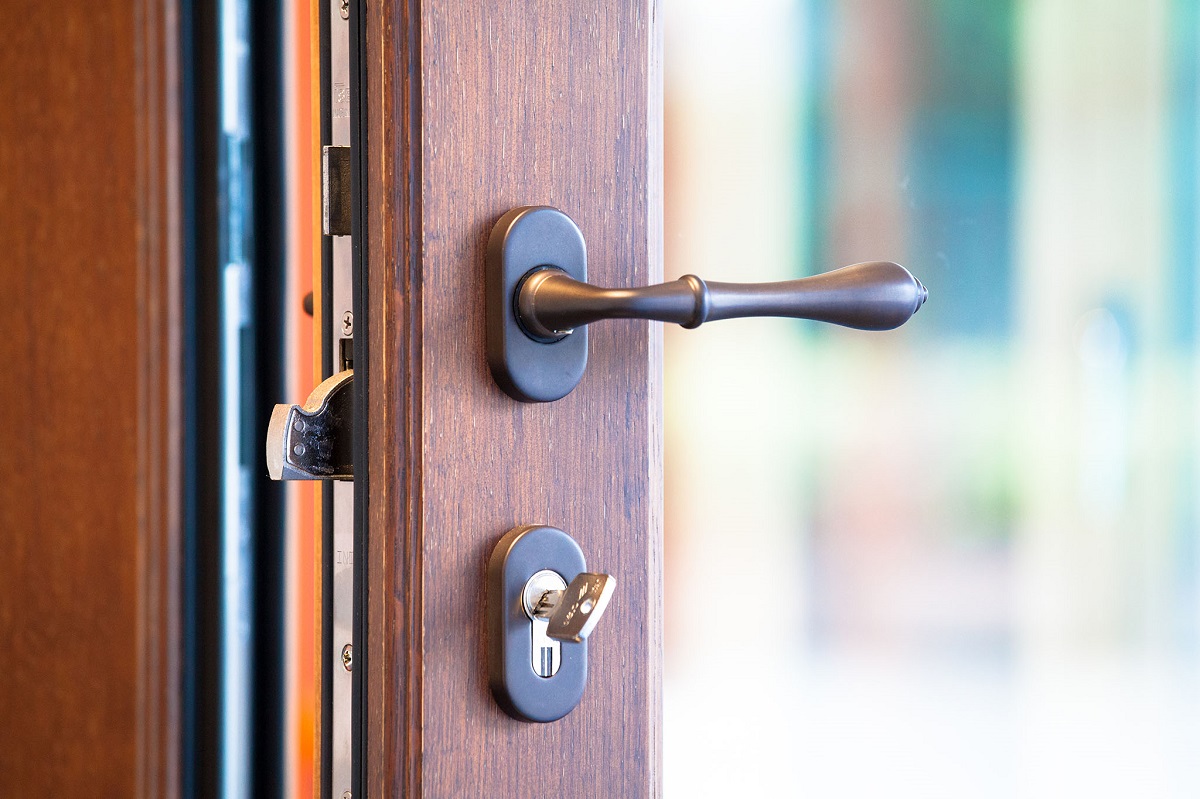

Security & Surveillance
How To Use A Door Lock
Published: December 26, 2023
Learn how to use a door lock for enhanced security and surveillance. Discover the best practices and tips for securing your home with proper door lock usage.
(Many of the links in this article redirect to a specific reviewed product. Your purchase of these products through affiliate links helps to generate commission for Storables.com, at no extra cost. Learn more)
Introduction
Welcome to the world of door locks, where security meets convenience. Whether you're a homeowner, a business owner, or simply someone who wants to safeguard their personal space, understanding how to use different types of door locks is essential. In this comprehensive guide, we'll delve into the various types of door locks and provide step-by-step instructions for using traditional key locks, deadbolt locks, combination locks, and smart locks. Additionally, we'll offer valuable tips for maintaining door locks to ensure their longevity and optimal functionality.
As technology continues to advance, the realm of door locks has evolved significantly, offering a diverse array of options to cater to different needs and preferences. From the traditional charm of key locks to the cutting-edge features of smart locks, each type serves a unique purpose in enhancing security and providing peace of mind.
Whether you're a newcomer to the realm of security and surveillance or a seasoned enthusiast, this guide aims to equip you with the knowledge and skills to effectively utilize various door locks. By the end of this journey, you'll not only be well-versed in the art of securing your entrances but also empowered to make informed decisions when selecting the most suitable door lock for your specific requirements. So, let's embark on this insightful exploration of door locks and discover the seamless blend of functionality and protection they offer.
Key Takeaways:
- Master the art of using different door locks, from traditional key locks to smart locks, to enhance security and convenience for your home or business.
- Regular maintenance, such as cleaning, lubrication, and security updates, is crucial to ensure the longevity and optimal performance of door locks.
Read more: How To Lock A Digital Door Lock
Understanding Different Types of Door Locks
Before delving into the specifics of using different types of door locks, it's essential to grasp the fundamental characteristics of each. Understanding the distinctions between various door locks empowers individuals to make informed choices based on their security needs and lifestyle preferences. Here are the primary types of door locks:
- Traditional Key Locks: These locks are operated using a physical key, offering a simple yet reliable means of securing a door.
- Deadbolt Locks: Known for their enhanced strength and resistance to forced entry, deadbolt locks provide an additional layer of security.
- Combination Locks: Requiring a preset code to unlock, combination locks eliminate the need for keys and offer convenient access.
- Smart Locks: Incorporating advanced technology, smart locks can be operated remotely via smartphone apps and offer features such as keyless entry and activity tracking.
Each type of door lock presents unique advantages and considerations, catering to diverse security requirements and personal preferences. By familiarizing oneself with the distinct characteristics of these locks, individuals can make informed decisions when selecting the most suitable option for their specific needs.
Now that we've laid the foundation by understanding the different types of door locks, let's proceed to explore the step-by-step processes for effectively using each type, beginning with the traditional key lock.
Basic Steps for Using a Traditional Key Lock
Traditional key locks have stood the test of time as a reliable and straightforward means of securing doors. Mastering the art of using a traditional key lock involves a few fundamental steps:
- Insert the Key: Begin by inserting the key into the keyway, ensuring it is fully and correctly positioned.
- Rotate the Key: Turn the key in a clockwise or counterclockwise direction, depending on the lock's design, applying gentle and consistent pressure.
- Operate the Door Handle: Once the key has been turned successfully, grasp the door handle and gently apply pressure to open the door.
It's important to exercise care and precision when using a traditional key lock to avoid damaging the key or the lock mechanism. Additionally, keeping the key clean and free from debris ensures smooth operation and longevity of the lock.
Now that we've covered the basic steps for using a traditional key lock, let's proceed to explore the operation of deadbolt locks, which offer enhanced security features.
Using a Deadbolt Lock
Deadbolt locks are renowned for their robust security features, providing an added layer of protection for residential and commercial properties. Utilizing a deadbolt lock involves the following essential steps:
- Engage the Deadbolt: To secure the door, rotate the thumb turn or key to extend the deadbolt into the door frame, ensuring a snug fit.
- Test the Lock: Once engaged, test the lock by attempting to turn the door handle without retracting the deadbolt. This verifies that the deadbolt is fully secured in the door frame.
- Retract the Deadbolt: To unlock the deadbolt, rotate the key or thumb turn in the opposite direction to retract it from the door frame, allowing the door to be opened.
It’s important to periodically lubricate the deadbolt mechanism and keep it free from debris to ensure smooth operation and longevity. Additionally, reinforcing the door frame and surrounding areas enhances the effectiveness of a deadbolt lock in resisting forced entry.
Now that we’ve explored the steps for using a deadbolt lock, let’s delve into the operation of combination locks, which offer a keyless and convenient approach to securing doors.
When using a door lock, make sure to fully insert the key and turn it firmly to ensure the lock engages properly. Always double-check that the door is securely locked before leaving.
Operating a Combination Lock
Combination locks provide a keyless and convenient method of securing doors, eliminating the need to carry physical keys. Mastering the operation of a combination lock involves the following essential steps:
- Enter the Code: Input the preset combination code using the numeric keypad, ensuring each digit is entered accurately.
- Verify the Code: After entering the code, verify its accuracy before proceeding to ensure the correct combination has been input.
- Activate the Lock: Engage the locking mechanism by turning the knob or lever, securing the door without the need for a physical key.
Regularly updating the combination code and ensuring its confidentiality is crucial to maintaining the security of a combination lock. Additionally, periodically cleaning the numeric keypad and lubricating the internal components contributes to the smooth and reliable operation of the lock.
Now that we’ve covered the steps for operating a combination lock, let’s explore the functionality of smart locks, which integrate advanced technology to offer enhanced security and convenience.
Read more: How To Lock Bedroom Door Without A Lock
Using a Smart Lock
Smart locks represent the pinnacle of innovation in the realm of door security, offering advanced features and seamless integration with modern technology. Operating a smart lock involves the following key steps:
- Remote Access: Utilize a smartphone or designated app to remotely lock or unlock the door, providing unparalleled convenience and control over access.
- Keyless Entry: Take advantage of keyless entry options, such as keypad codes or biometric authentication, to unlock the door without the need for physical keys.
- Activity Monitoring: Leverage the smart lock’s capability to track and monitor door activity, providing insights into who enters and exits the premises and when.
Regularly updating access codes and passwords, as well as ensuring the security of connected devices and networks, is paramount to safeguarding the functionality and integrity of a smart lock. Additionally, familiarizing oneself with the features and settings of the smart lock’s associated app or interface enhances its utilization and customization.
Now that we’ve explored the steps for using a smart lock, let’s proceed to uncover valuable tips for maintaining door locks, ensuring their optimal performance and longevity.
Tips for Maintaining Door Locks
Proper maintenance is essential to preserve the functionality and longevity of door locks, ensuring they continue to provide reliable security. Consider the following tips for maintaining door locks:
- Regular Cleaning: Periodically clean the exterior and interior components of the lock, including the keyway, keypad, or biometric sensors, to remove dirt, dust, and debris that may impede operation.
- Lubrication: Apply a small amount of graphite or silicone-based lubricant to the keyway and internal components to facilitate smooth key insertion and rotation, as well as the operation of moving parts within the lock.
- Inspection and Adjustment: Routinely inspect the alignment and condition of the door, strike plate, and lock components, making any necessary adjustments to ensure proper fit and operation.
- Security Updates: For smart locks, regularly update access codes, passwords, and firmware to address potential security vulnerabilities and maintain the integrity of the lock’s digital features.
- Professional Maintenance: Engage the services of a qualified locksmith or security professional for periodic maintenance and inspection of door locks, especially for complex or high-security systems.
By adhering to these maintenance practices, individuals can prolong the lifespan of their door locks and optimize their performance, contributing to a secure and reliable security infrastructure for residential and commercial spaces.
With these maintenance tips in mind, you are well-equipped to uphold the functionality and security of your door locks, promoting peace of mind and confidence in the protection of your premises.
Conclusion
In the realm of security and surveillance, door locks stand as the first line of defense, safeguarding homes, businesses, and personal spaces from unauthorized access. By understanding the nuances of different types of door locks and mastering their operation, individuals can fortify their security measures and instill a sense of safety and control.
From the time-honored reliability of traditional key locks to the cutting-edge features of smart locks, each type offers a unique blend of functionality, convenience, and resilience. Whether it’s the robust security of deadbolt locks or the keyless access provided by combination and smart locks, the diverse options cater to a wide spectrum of security needs and lifestyle preferences.
As technology continues to advance, smart locks have emerged as a beacon of innovation, integrating remote access, keyless entry, and activity monitoring to redefine the concept of door security. However, the enduring appeal and simplicity of traditional key locks and the enhanced protection offered by deadbolts remain steadfast in the security landscape.
Furthermore, the significance of maintaining door locks cannot be overstated. Regular cleaning, lubrication, inspection, and security updates are vital practices that preserve the integrity and functionality of door locks, ensuring their sustained performance and reliability.
By embarking on this insightful journey through the realm of door locks, you have gained a comprehensive understanding of the diverse types of locks, their operational nuances, and the essential maintenance practices that uphold their efficacy. Armed with this knowledge, you are empowered to make informed decisions when selecting, utilizing, and maintaining door locks, thereby enhancing the security and protection of your surroundings.
As you navigate the realm of security and surveillance, may the knowledge and skills acquired in this guide serve as a steadfast companion, guiding you towards a fortified and secure environment. With the seamless fusion of technology, convenience, and resilience, door locks epitomize the harmonious convergence of security and peace of mind.
Frequently Asked Questions about How To Use A Door Lock
Was this page helpful?
At Storables.com, we guarantee accurate and reliable information. Our content, validated by Expert Board Contributors, is crafted following stringent Editorial Policies. We're committed to providing you with well-researched, expert-backed insights for all your informational needs.
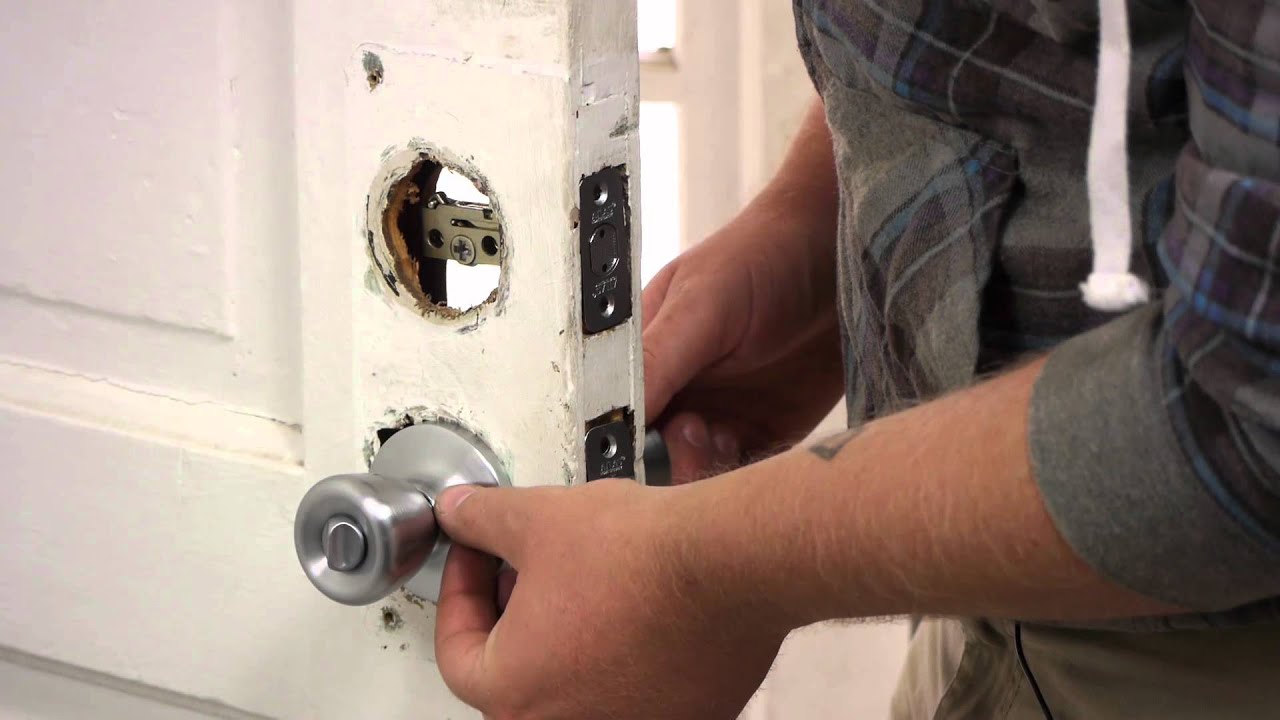
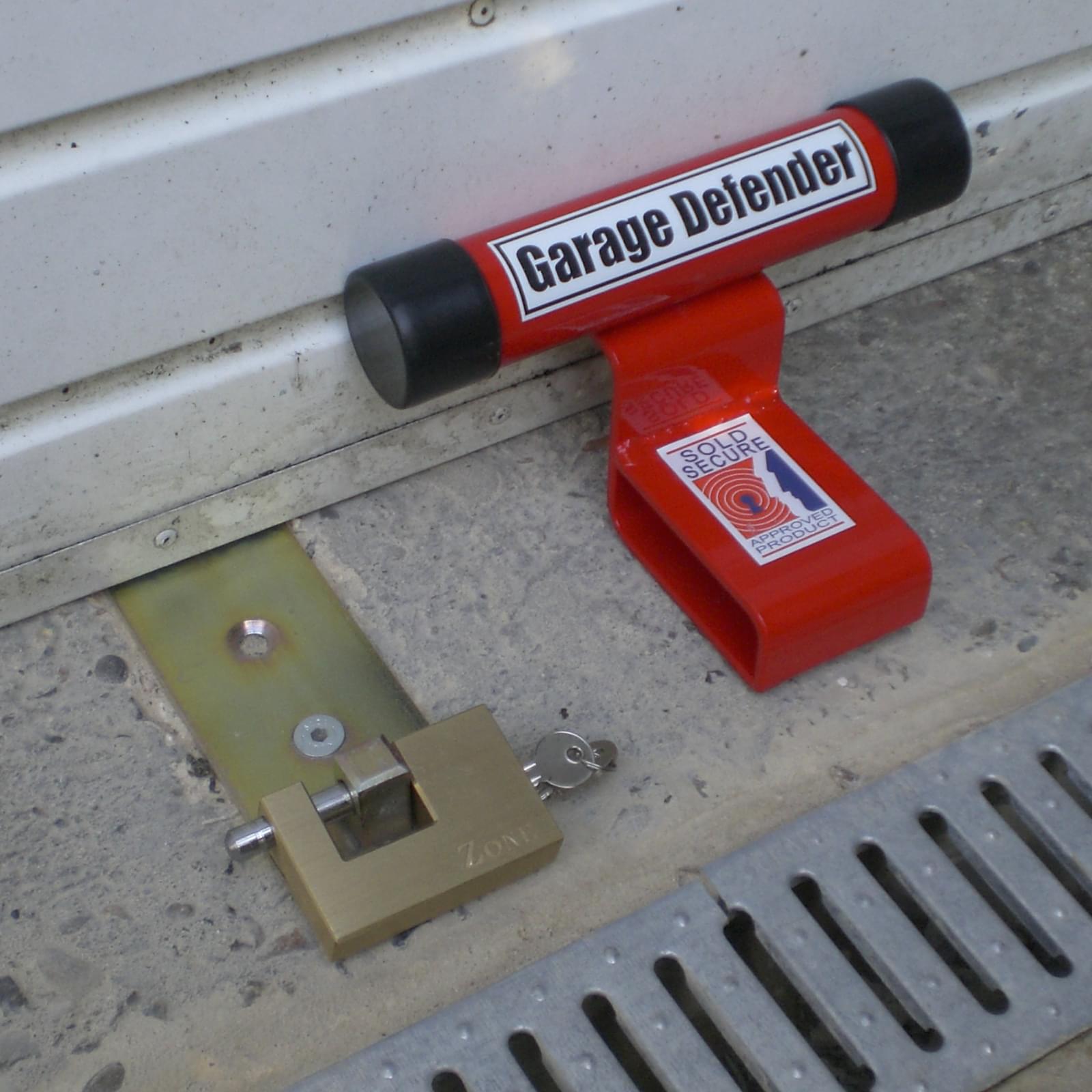
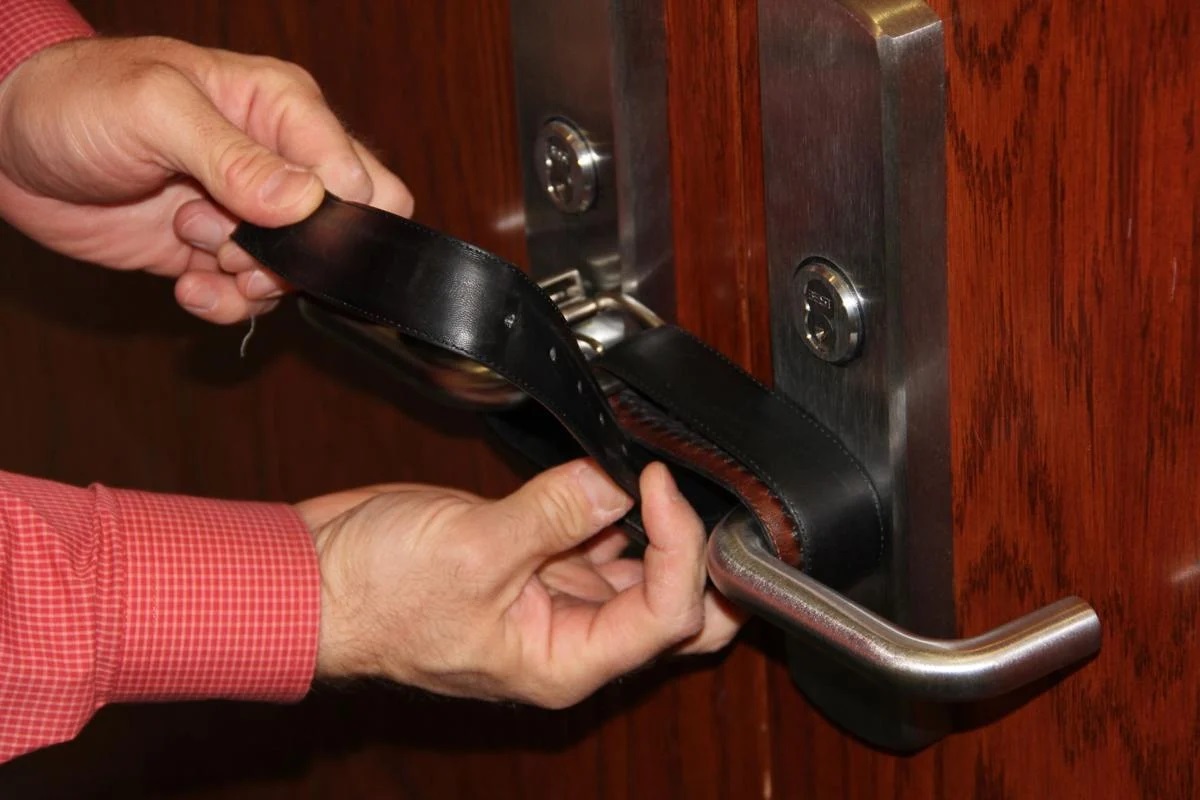
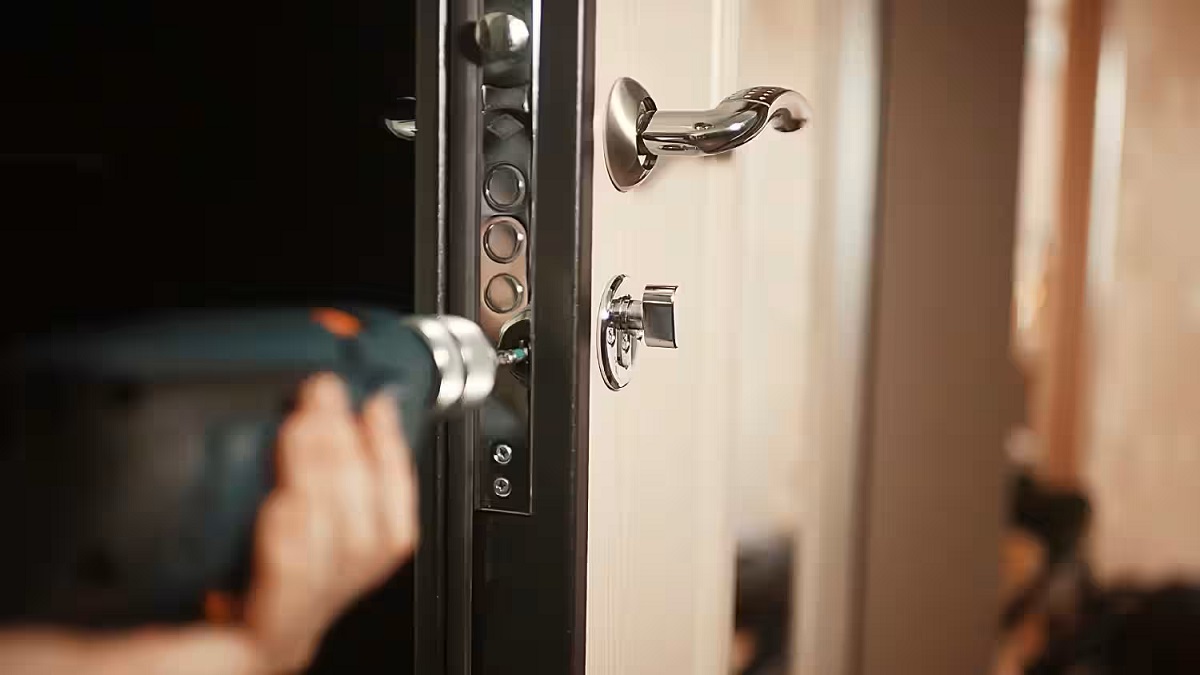
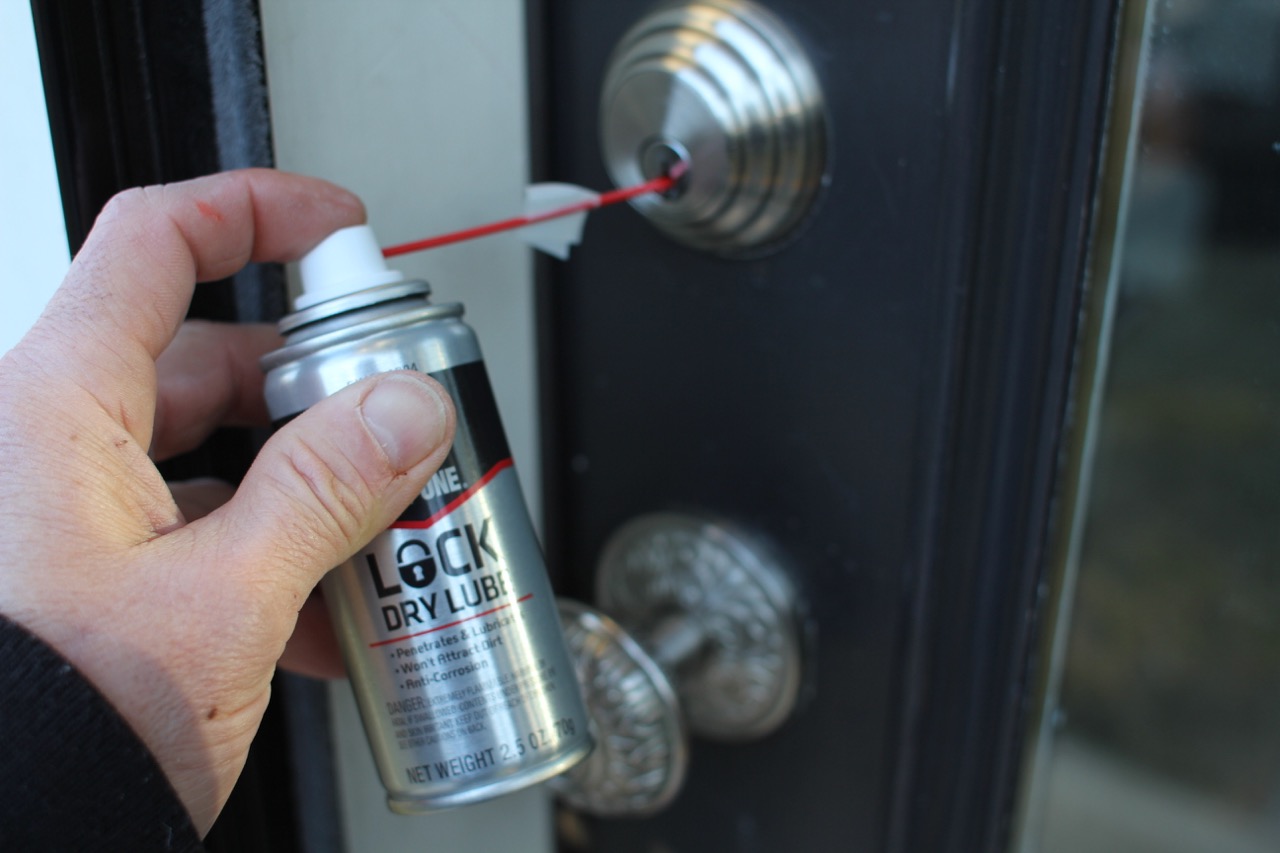
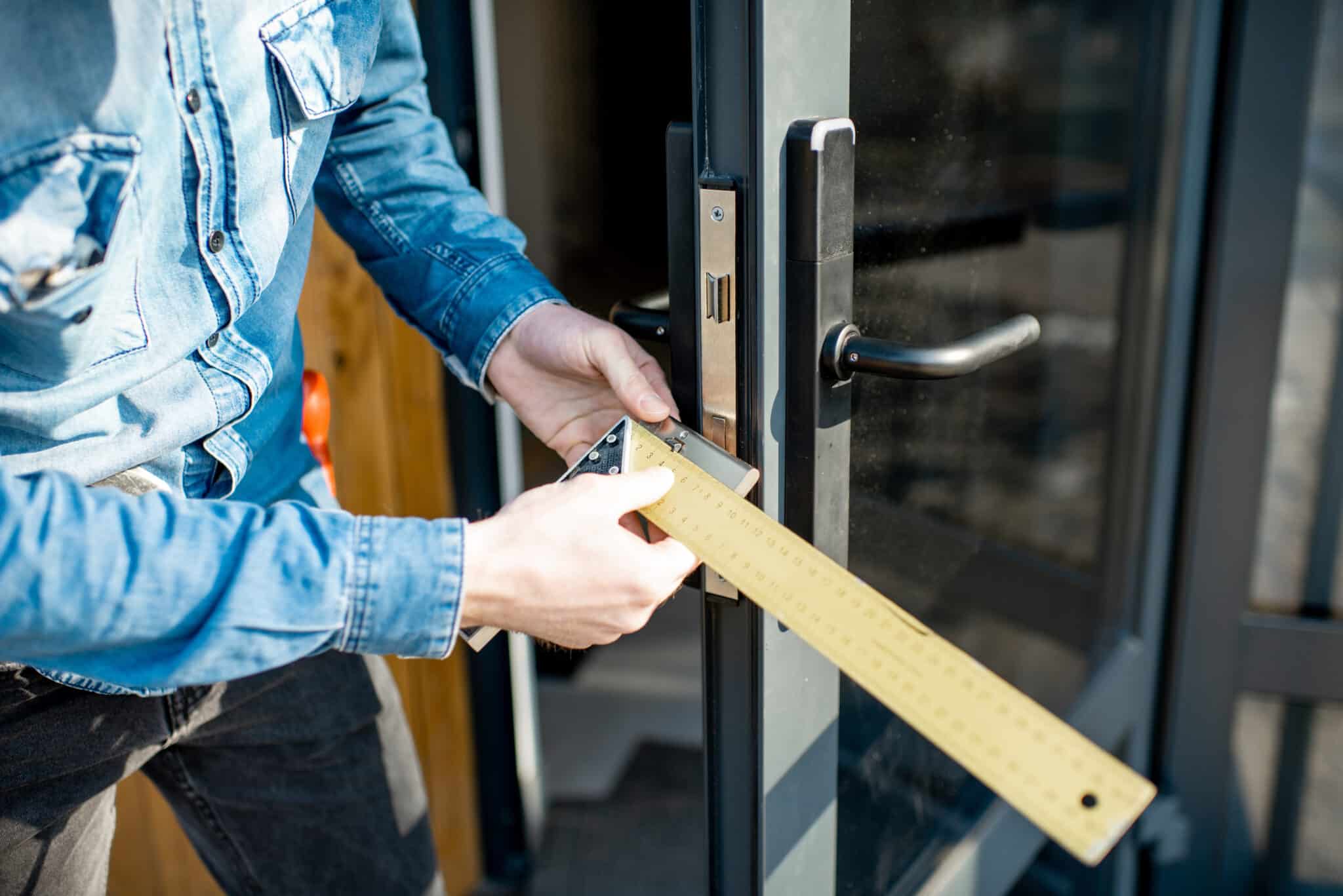
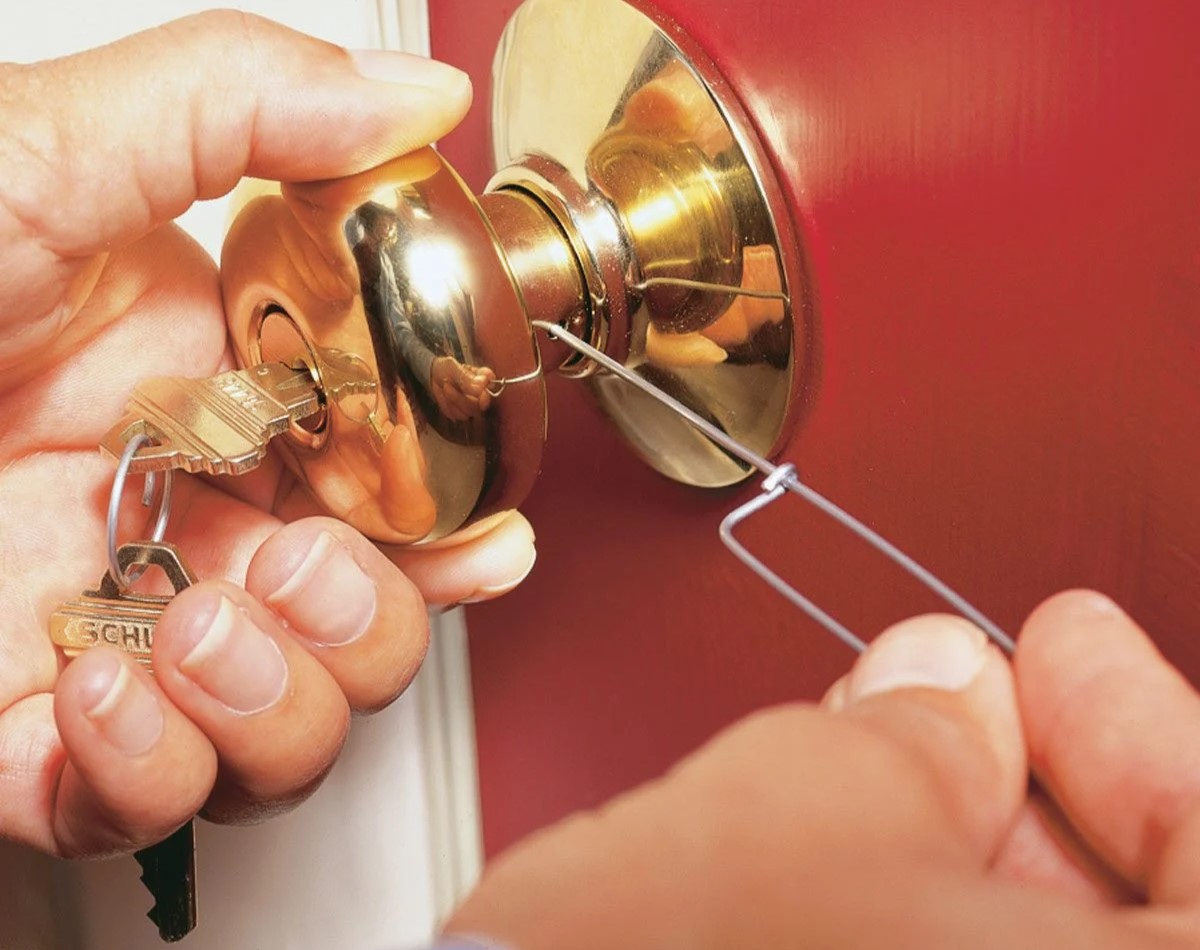
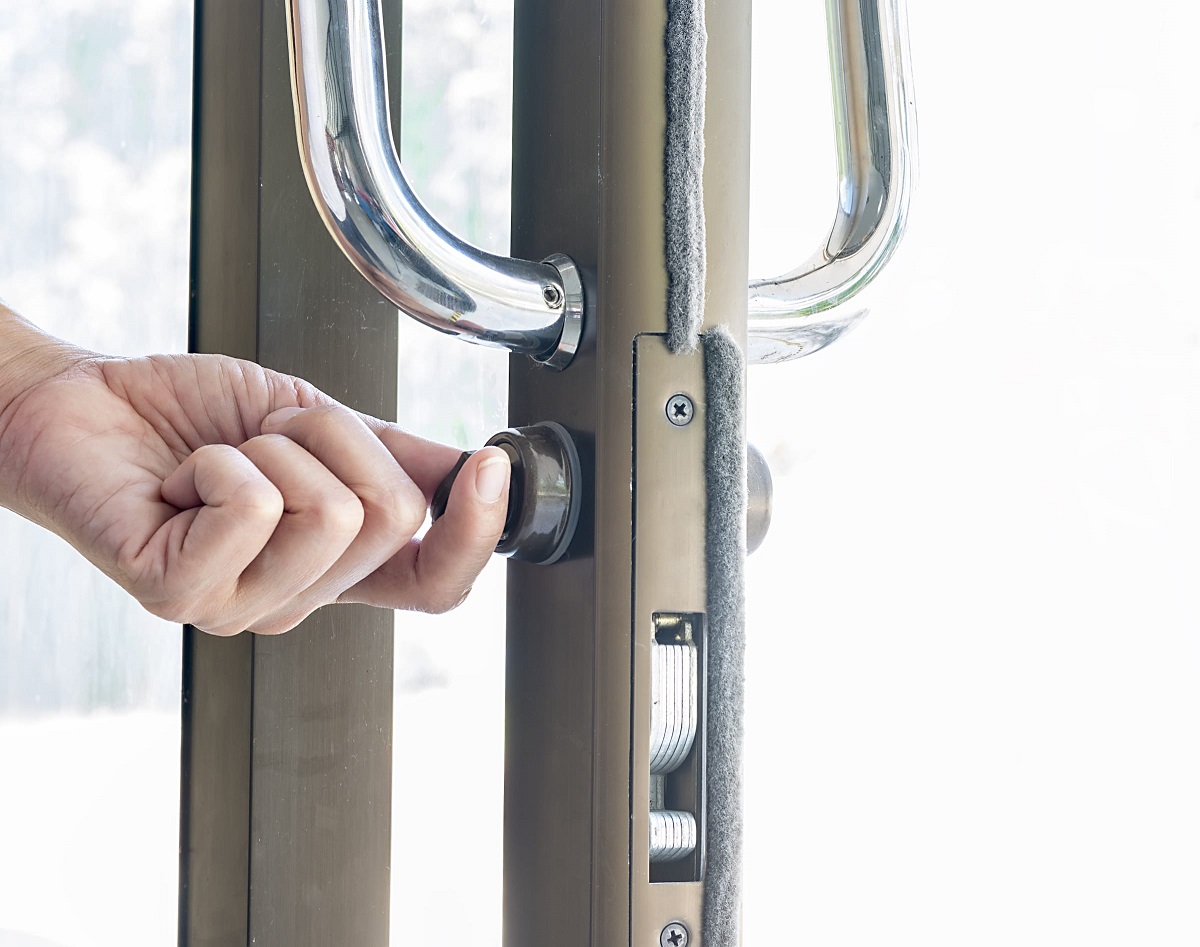
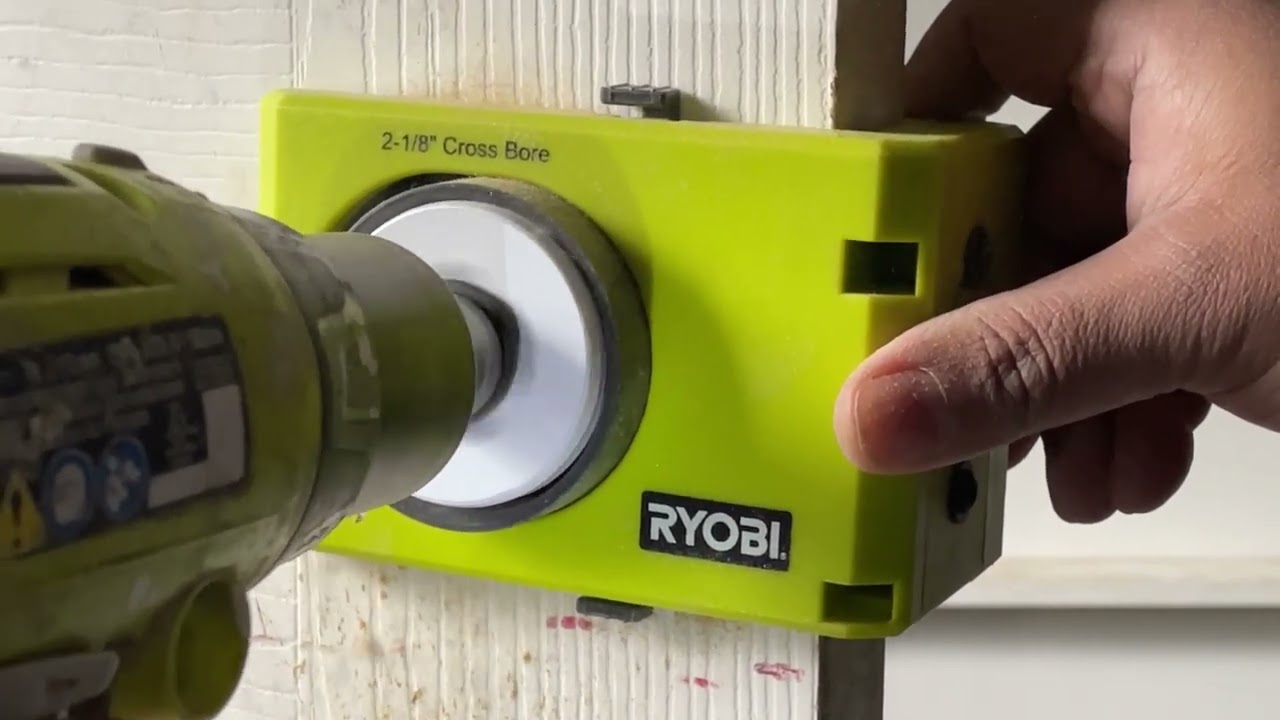
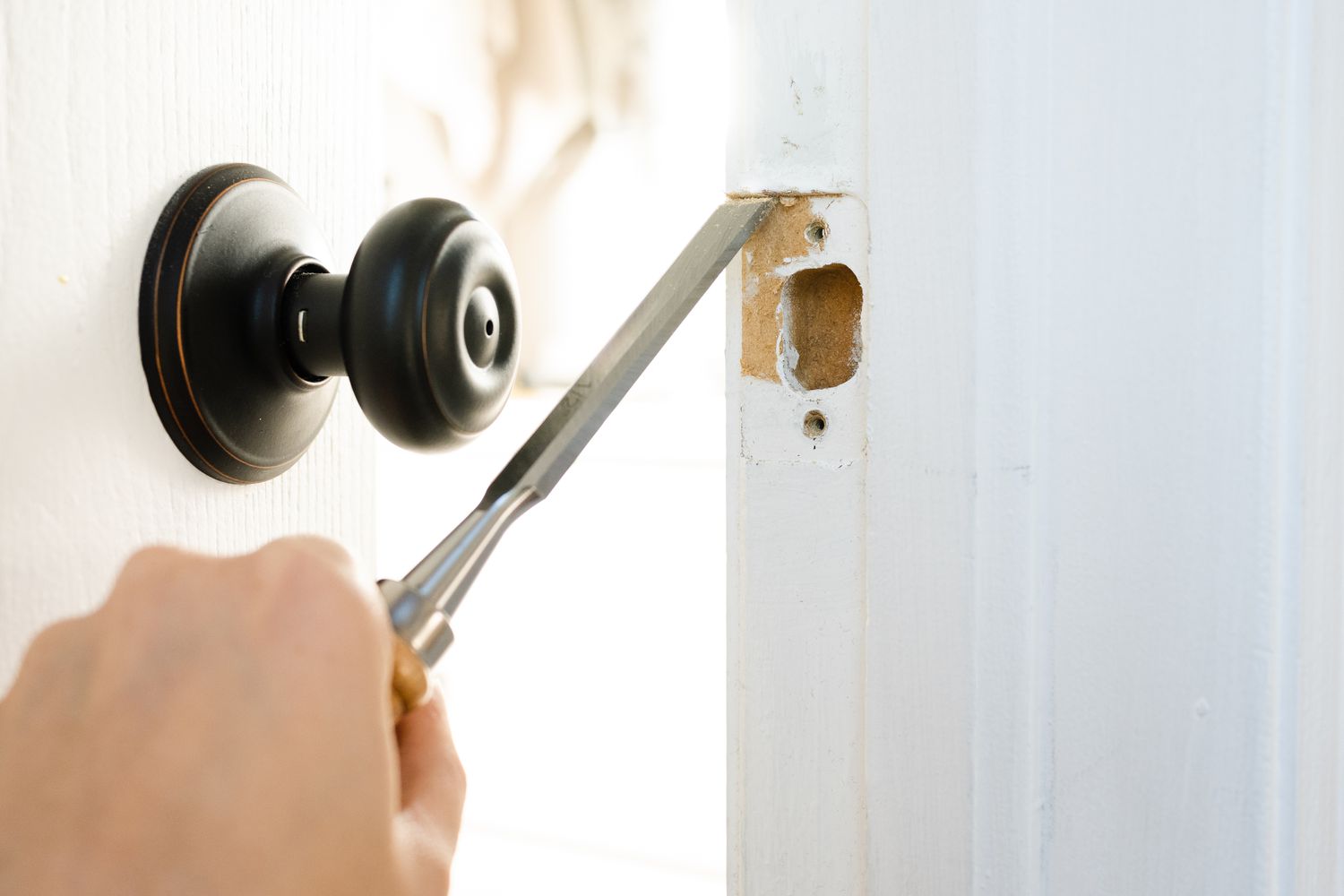
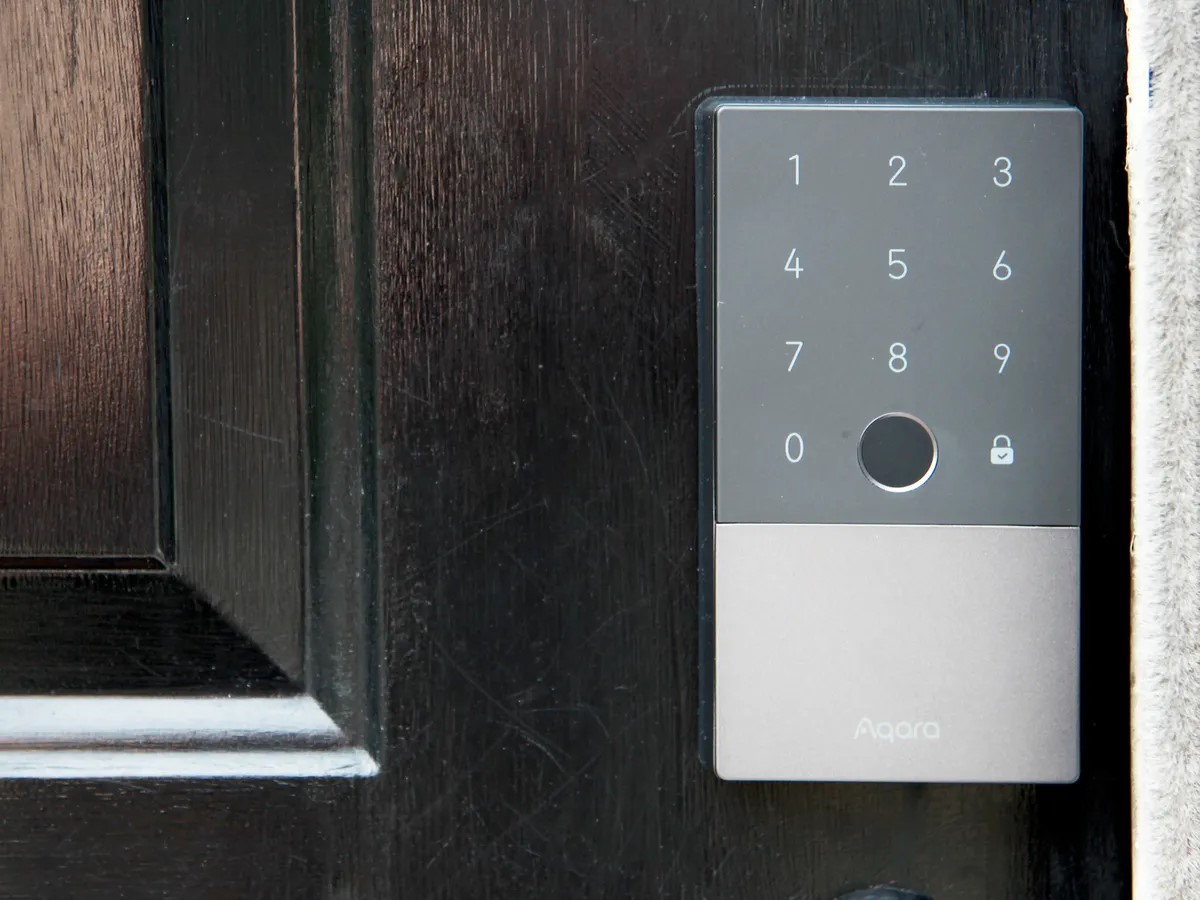
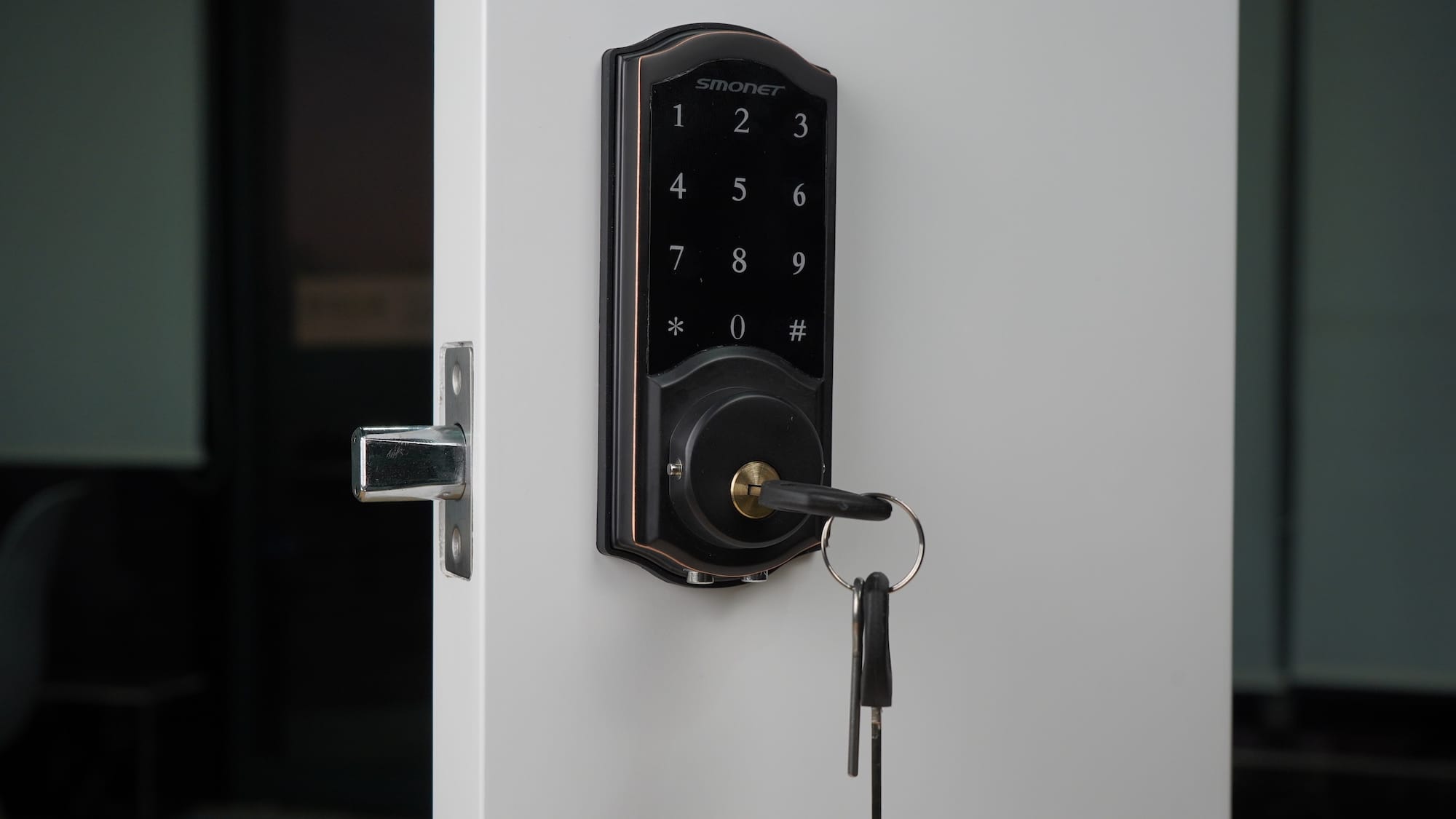
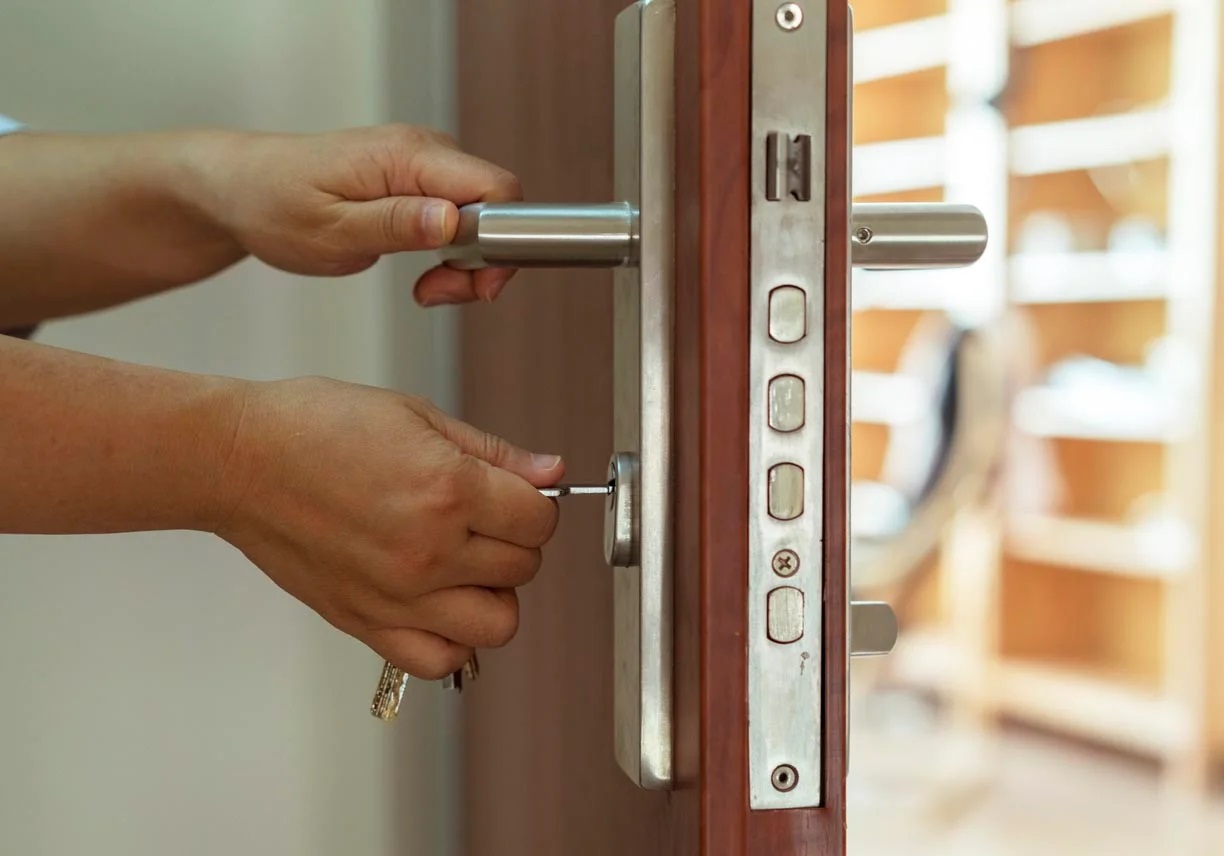
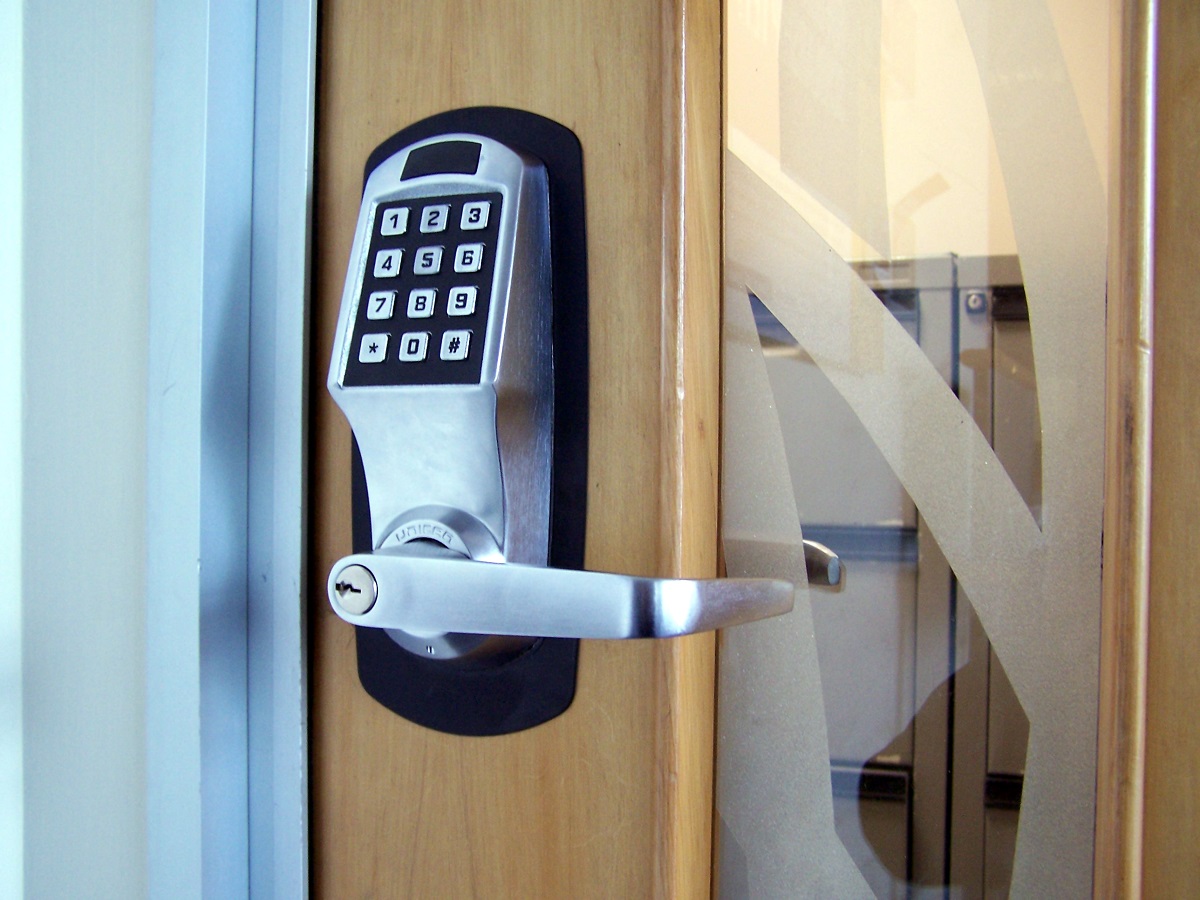

0 thoughts on “How To Use A Door Lock”